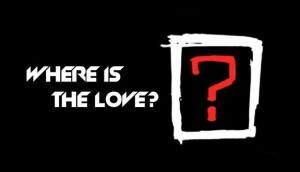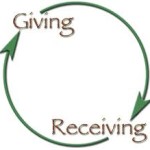 I’ve been thinking about making a New Year’s Resolution. So, this year, taking my role as lead for health and well-being seriously, my resolution is simple. In 2016 I want to improve my well-being and encourage others to do the same.
I’ve been thinking about making a New Year’s Resolution. So, this year, taking my role as lead for health and well-being seriously, my resolution is simple. In 2016 I want to improve my well-being and encourage others to do the same.
The New Economics Foundation have done some amazing work on how we can improve our well-being. “NEF is the UK’s leading think tank promoting social, economic and environmental justice. Their aim is to  transform the economy so that it works for people and the planet. The UK and most of the world’s economies are increasingly unsustainable, unfair and unstable. It is not even making us any happier – many of the richest countries in the world do not have the highest well-being.” Have a read about their incredible work (www.neweconomics.org).
transform the economy so that it works for people and the planet. The UK and most of the world’s economies are increasingly unsustainable, unfair and unstable. It is not even making us any happier – many of the richest countries in the world do not have the highest well-being.” Have a read about their incredible work (www.neweconomics.org).
NEF have come up with 5 simple ways to improve well-being and my New Year’s resolution is to use their 5 steps and blog about the effects I experience personally as a result. I hope that this will be replicated in my work as our team engages with communities. So, here are the steps:

1) CONNECT – this year I am going to be more present. I have found that ridding myself of my
 personal twitter account and spending less time on social media has already helped this. I am going to listen with attention and speak with intention. I am going to listen with attention to my wife, my children, my friends, my family and my patients (rather than assuming what they will say) and I am going to behold them, dig for the treasure in them and be grateful for them. I am also more well when I connect with God, who is love. For me, more than anything this means taking time to be still. Being part of a community, rather than moping around in self-isolation (a tendency of mine at times – surprising for an extreme extrovert!) is also key.
personal twitter account and spending less time on social media has already helped this. I am going to listen with attention and speak with intention. I am going to listen with attention to my wife, my children, my friends, my family and my patients (rather than assuming what they will say) and I am going to behold them, dig for the treasure in them and be grateful for them. I am also more well when I connect with God, who is love. For me, more than anything this means taking time to be still. Being part of a community, rather than moping around in self-isolation (a tendency of mine at times – surprising for an extreme extrovert!) is also key.
2) BE ACTIVE – This year we are launching a really exciting sports initiative in our local schools to  encourage our kids to have better health long into the future. I am going to continue running and swimming, but I will increase this to ensure I am being active on a daily basis.
encourage our kids to have better health long into the future. I am going to continue running and swimming, but I will increase this to ensure I am being active on a daily basis.
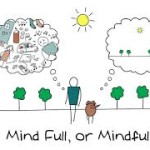 3) TAKE NOTICE – I have a painting on the wall in my consulting room (done by an amazing local artist) that has these words on it: “Take time to do what makes your soul happy.” I am going to feed my soul good things this year by noticing what is around me. I live in a world, surrounded by beauty – from tiny rare orchids to vast mountains, the sea and the night sky. I am going to notice this beauty more.
3) TAKE NOTICE – I have a painting on the wall in my consulting room (done by an amazing local artist) that has these words on it: “Take time to do what makes your soul happy.” I am going to feed my soul good things this year by noticing what is around me. I live in a world, surrounded by beauty – from tiny rare orchids to vast mountains, the sea and the night sky. I am going to notice this beauty more.
4) KEEP LEARNING – I already have some things booked in. I’m going on a refresher skiing course,
before we take to the mountains in February. I am widening my culinary skills with some cooking lessons. I am re-learning how to arrange some pieces for our local choir. I am continuing to work with a life coach and the NHS leadership program. This will be a year in which I learn a lot! I love learning.
5) GIVE – At the beginning of every year, my wife and I review our finances and make sure that we are giving enough money away. We try to ensure that we give at least 15-20% of what we earn to various friends or charities. Money can have such a hold and I find as I earn more, it is easier to get sucked into an unhealthy 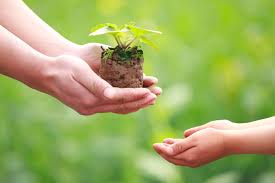 view of it. Money is just money. I am determined to have a relationship with it that is joyful and giving rather and anxious and hoarding. I love the phrase – “Live Generously”. I want to live in a way that gives of my time, skills, energy and resources without burning out in the process! My life coach has taught me well about boundaries – very empowering, as long as the motivation is to be able to give. It’s amazing how much a sense of giving/contributing to community and the world really improves our sense of well-being. It’s not an easy path. It’s all too easy to get one’s sense of self-esteem and self-worth by how much one gives, so I will try and remain honest about this.
view of it. Money is just money. I am determined to have a relationship with it that is joyful and giving rather and anxious and hoarding. I love the phrase – “Live Generously”. I want to live in a way that gives of my time, skills, energy and resources without burning out in the process! My life coach has taught me well about boundaries – very empowering, as long as the motivation is to be able to give. It’s amazing how much a sense of giving/contributing to community and the world really improves our sense of well-being. It’s not an easy path. It’s all too easy to get one’s sense of self-esteem and self-worth by how much one gives, so I will try and remain honest about this.
So, if you want 2016 to be a year in which your well-being increases, why not try the 5 ways above? And if you fall over, get back up and keep walking!
 If I were to design a health centre, it would not look like any of the places I work in. They are all far too clinical and are probably not very conducive to healing. For starters, there would be a whole lot more natural light, with beautiful artwork (I have some amazing pieces in my room now, by a brilliant local artist, Emma Hamilton) and sense of a continuum with the landscape. There would be places for people to talk with each other around tables where food and drink could be served, isolation broken and community restored. There would be places to encourage exercise or mindfulness through colouring. My room would have a piano in the corner and it would be filled with art, poems, quotes and there would be huge windows with magnificent views of the sea.
If I were to design a health centre, it would not look like any of the places I work in. They are all far too clinical and are probably not very conducive to healing. For starters, there would be a whole lot more natural light, with beautiful artwork (I have some amazing pieces in my room now, by a brilliant local artist, Emma Hamilton) and sense of a continuum with the landscape. There would be places for people to talk with each other around tables where food and drink could be served, isolation broken and community restored. There would be places to encourage exercise or mindfulness through colouring. My room would have a piano in the corner and it would be filled with art, poems, quotes and there would be huge windows with magnificent views of the sea.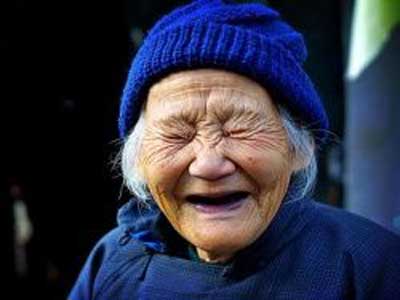 who I am. Even now, I spend a lot of time laughing with my patients. Laughter is so good! It is healing in and of itself. There would be time for music. I would sing to my patients (they might well leave faster!)……Every doctor I know has talents, gifts, hobbies, and hidden depths that are rarely used when they encounter their patients. I wonder how much more effective we might be as healers, if we reconnected with the God-given sense of who we are and what makes our own hearts sing.
who I am. Even now, I spend a lot of time laughing with my patients. Laughter is so good! It is healing in and of itself. There would be time for music. I would sing to my patients (they might well leave faster!)……Every doctor I know has talents, gifts, hobbies, and hidden depths that are rarely used when they encounter their patients. I wonder how much more effective we might be as healers, if we reconnected with the God-given sense of who we are and what makes our own hearts sing.







 He comes to be with us and changes himself in the process. He becomes utterly human, not some weird, ready-break glowing child, but deeply human and in so doing destroys the stories we have told ourselves about what he is like. He comes to us. He comes right to our very situations, our joys, or triumphs, our brokenness and our shame and says, I AM with you. And if you run away, I’m there with you. And if you turn away, I’m there with you. And if you hide away, I’m there with you. And if you fail, I’m there with you. And if you don’t believe, I’m there with you in your unbelief. Because contrary to the caricature of Dawkins, I am love itself. A love that will pour itself out time and again. A love that is stronger than bitterness, hate and division. A love that is willing to be misunderstood, misinterpreted and misrepresented. This is not the story of a God who slaughters his enemies in order to protect himself and those he holds close (a narrative upon which the nation state is built and uses to predicate the violence it does to others – and if you don’t believe me, then you haven’t read enough history). No, this is a story about a love that will lay its own life down for its enemies and enables us to do the same.
He comes to be with us and changes himself in the process. He becomes utterly human, not some weird, ready-break glowing child, but deeply human and in so doing destroys the stories we have told ourselves about what he is like. He comes to us. He comes right to our very situations, our joys, or triumphs, our brokenness and our shame and says, I AM with you. And if you run away, I’m there with you. And if you turn away, I’m there with you. And if you hide away, I’m there with you. And if you fail, I’m there with you. And if you don’t believe, I’m there with you in your unbelief. Because contrary to the caricature of Dawkins, I am love itself. A love that will pour itself out time and again. A love that is stronger than bitterness, hate and division. A love that is willing to be misunderstood, misinterpreted and misrepresented. This is not the story of a God who slaughters his enemies in order to protect himself and those he holds close (a narrative upon which the nation state is built and uses to predicate the violence it does to others – and if you don’t believe me, then you haven’t read enough history). No, this is a story about a love that will lay its own life down for its enemies and enables us to do the same.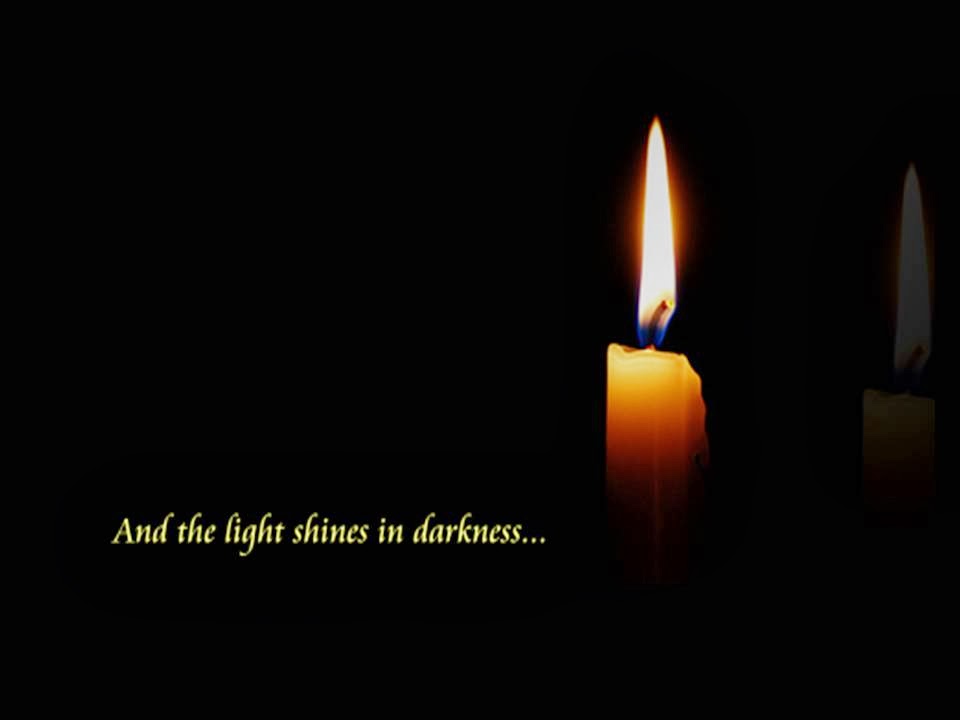 or overcome this light. The promise of the light is peace. Peace on earth. If we embrace the way of love, anything is possible. Even in the midst of all the turmoil in our world this Christmas, I find great hope in the idea of God, who is love, with us in it all. I believe that when we embrace this light and this love as our meta-narrative, as our raison d’être, we find healing for ourselves individually and corporately.
or overcome this light. The promise of the light is peace. Peace on earth. If we embrace the way of love, anything is possible. Even in the midst of all the turmoil in our world this Christmas, I find great hope in the idea of God, who is love, with us in it all. I believe that when we embrace this light and this love as our meta-narrative, as our raison d’être, we find healing for ourselves individually and corporately. ther. For example, physical pain caused to you by another person, may cause you to feel emotionally hurt also (soul pain) and crush your spirit. Or indeed, as I see many times in my work, emotional pain leads to a resentment, which causes a bitterness which manifests itself in a physical pain and so too your spirit is negatively affected.
ther. For example, physical pain caused to you by another person, may cause you to feel emotionally hurt also (soul pain) and crush your spirit. Or indeed, as I see many times in my work, emotional pain leads to a resentment, which causes a bitterness which manifests itself in a physical pain and so too your spirit is negatively affected. “perfect health” may not be possible. But alignment is possible and it is this that gives us a sense of well-being. So, how well are you? Do you know how much you are influenced by the corporate body and soul? What are your meta-narratives? How aligned are you? There are things we cannot change, but we can chose how we respond to them and the choices we make within them. I want to unpack this a bit more in subsequent posts, but this might just kick off some musings.
“perfect health” may not be possible. But alignment is possible and it is this that gives us a sense of well-being. So, how well are you? Do you know how much you are influenced by the corporate body and soul? What are your meta-narratives? How aligned are you? There are things we cannot change, but we can chose how we respond to them and the choices we make within them. I want to unpack this a bit more in subsequent posts, but this might just kick off some musings.
